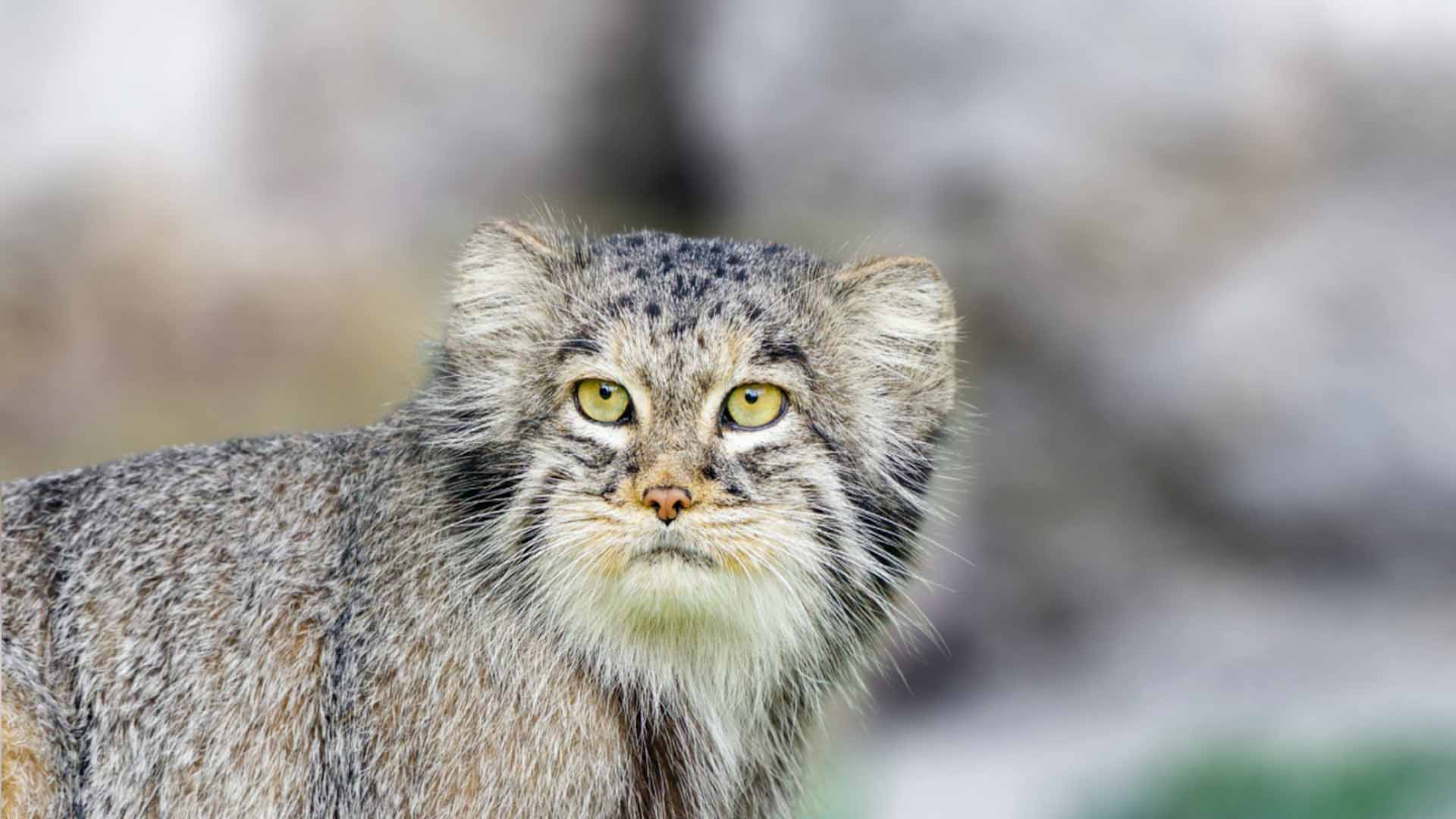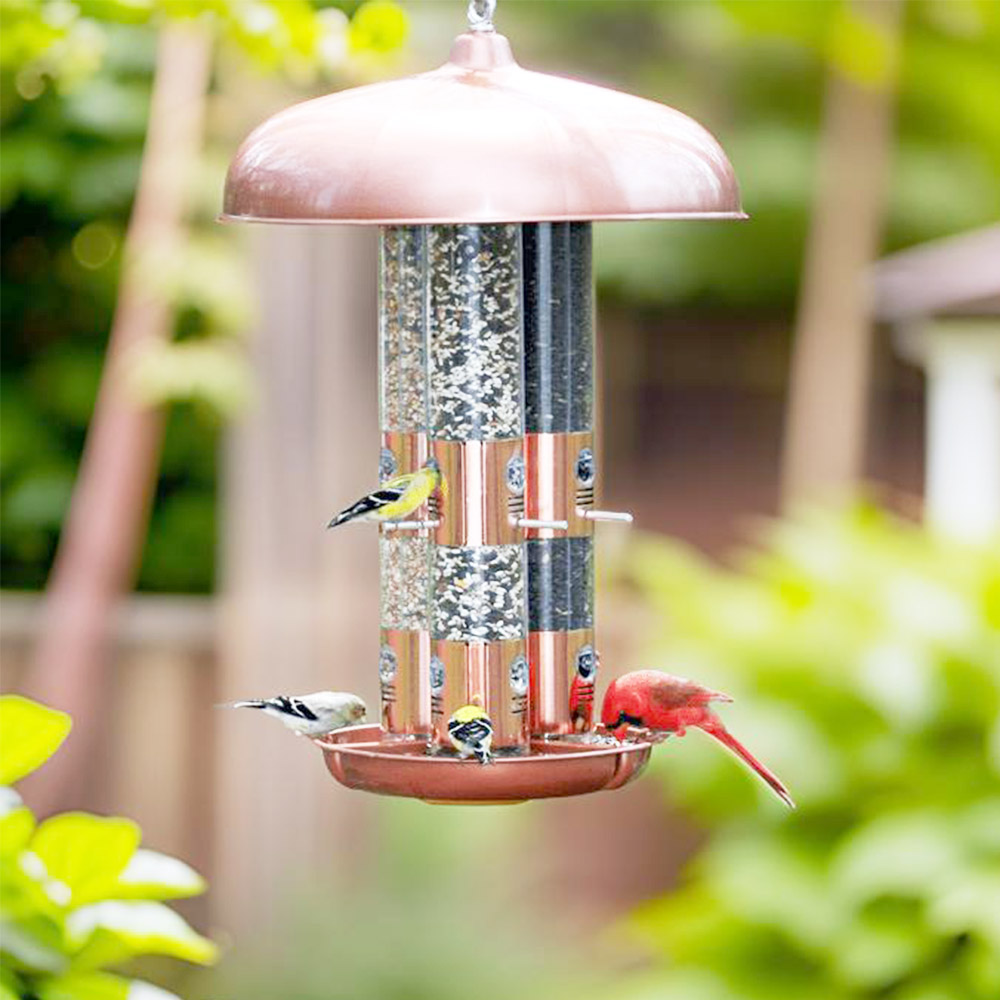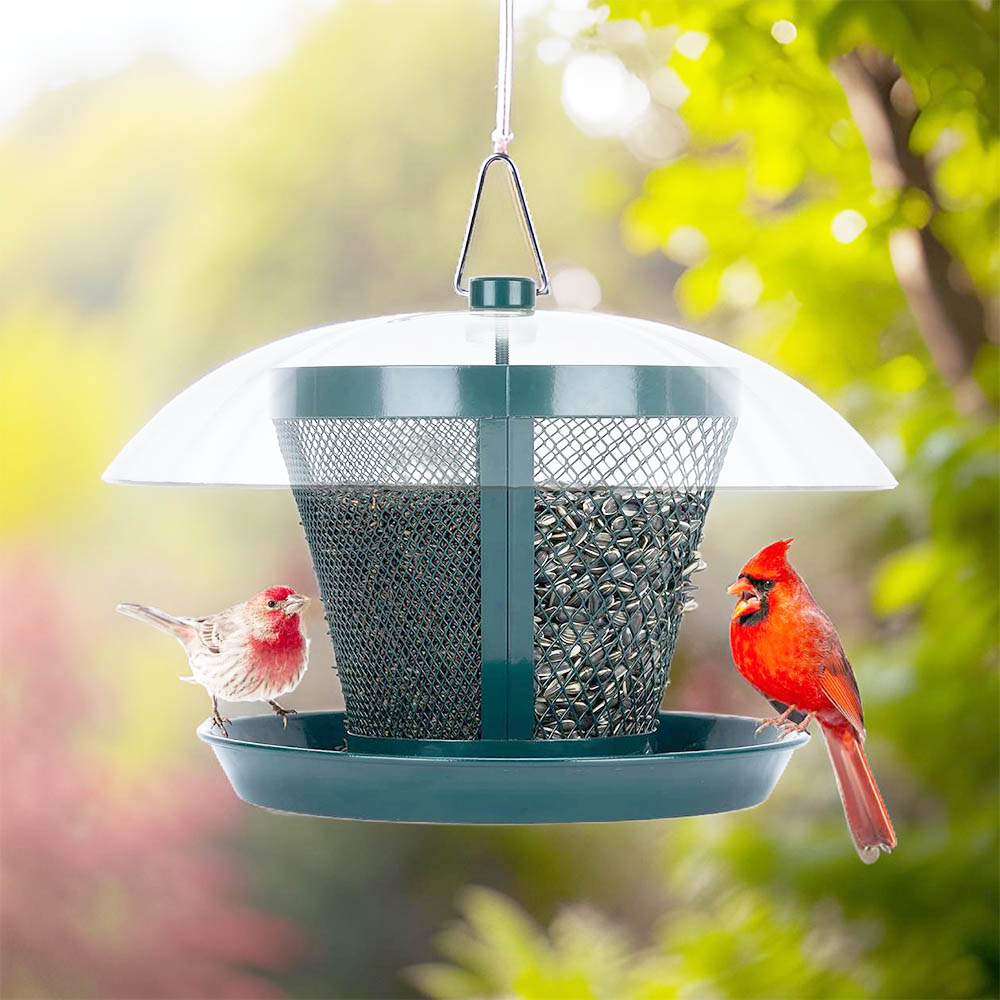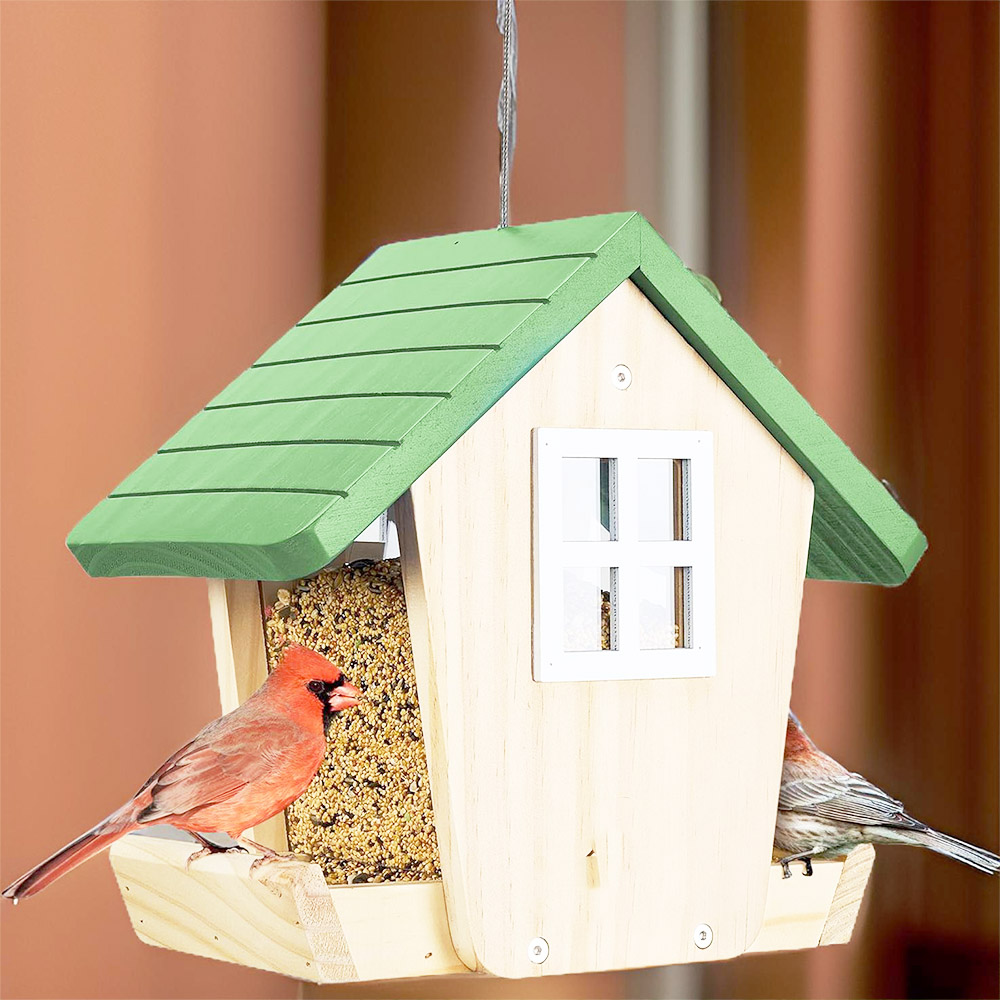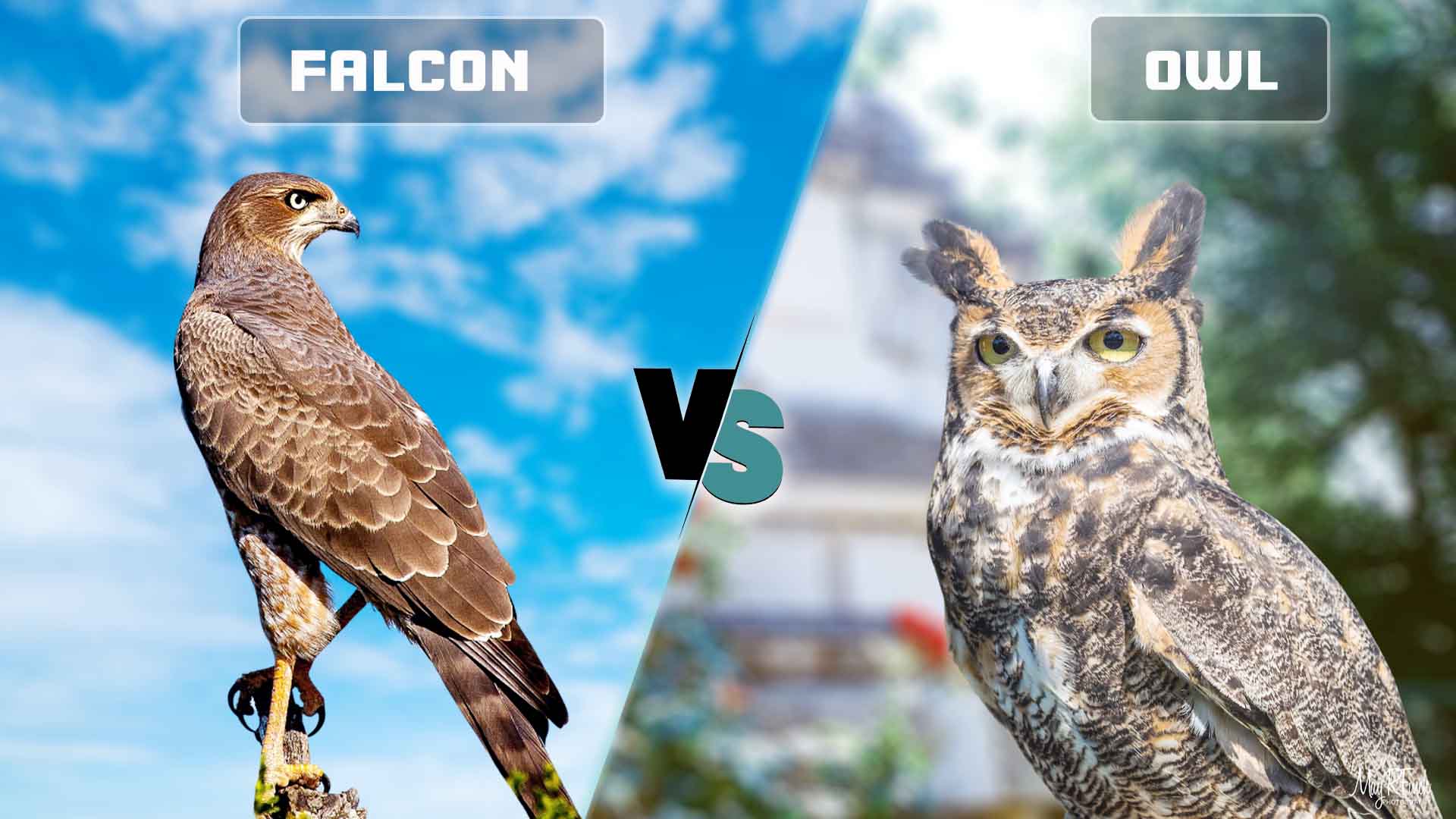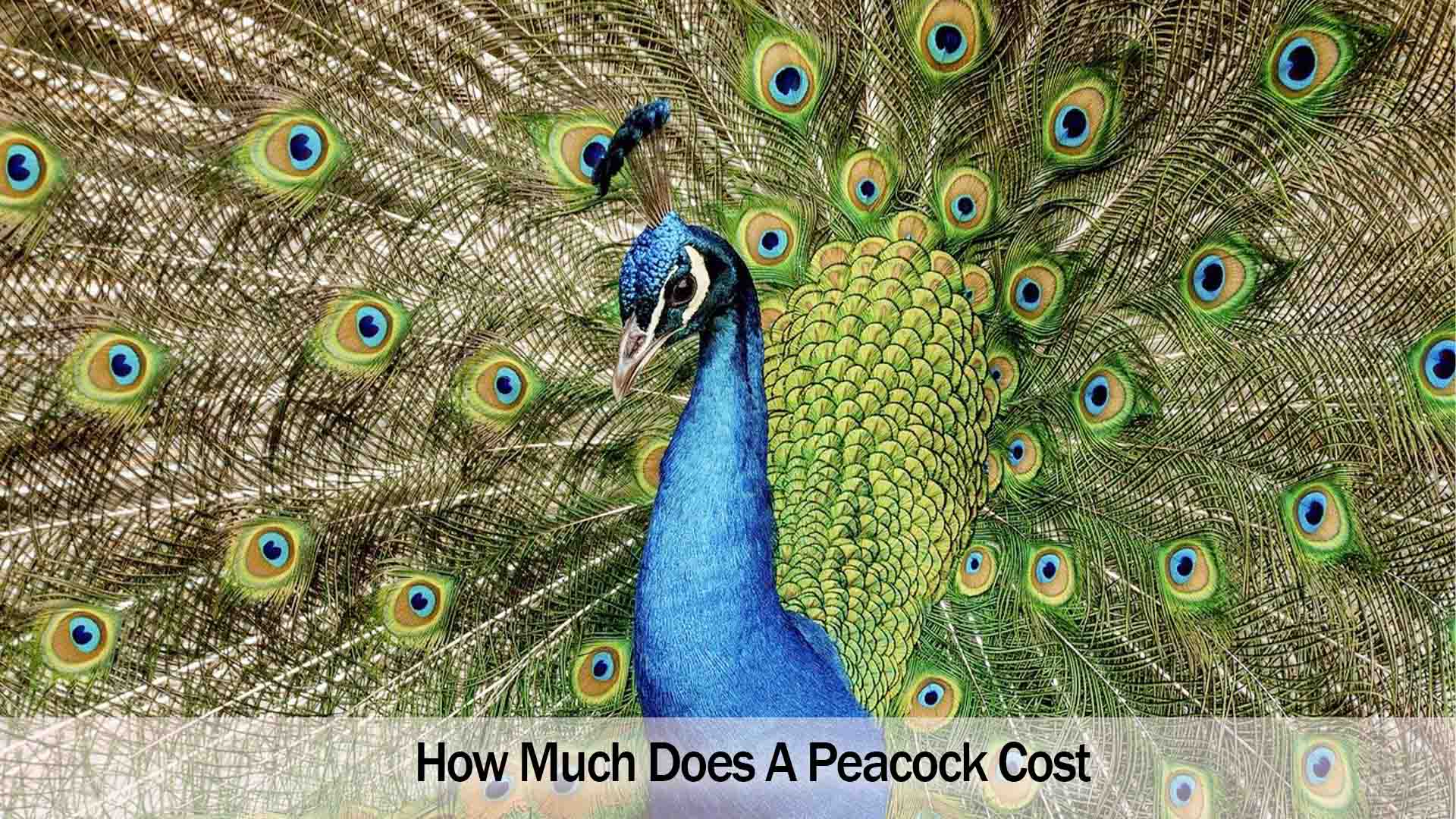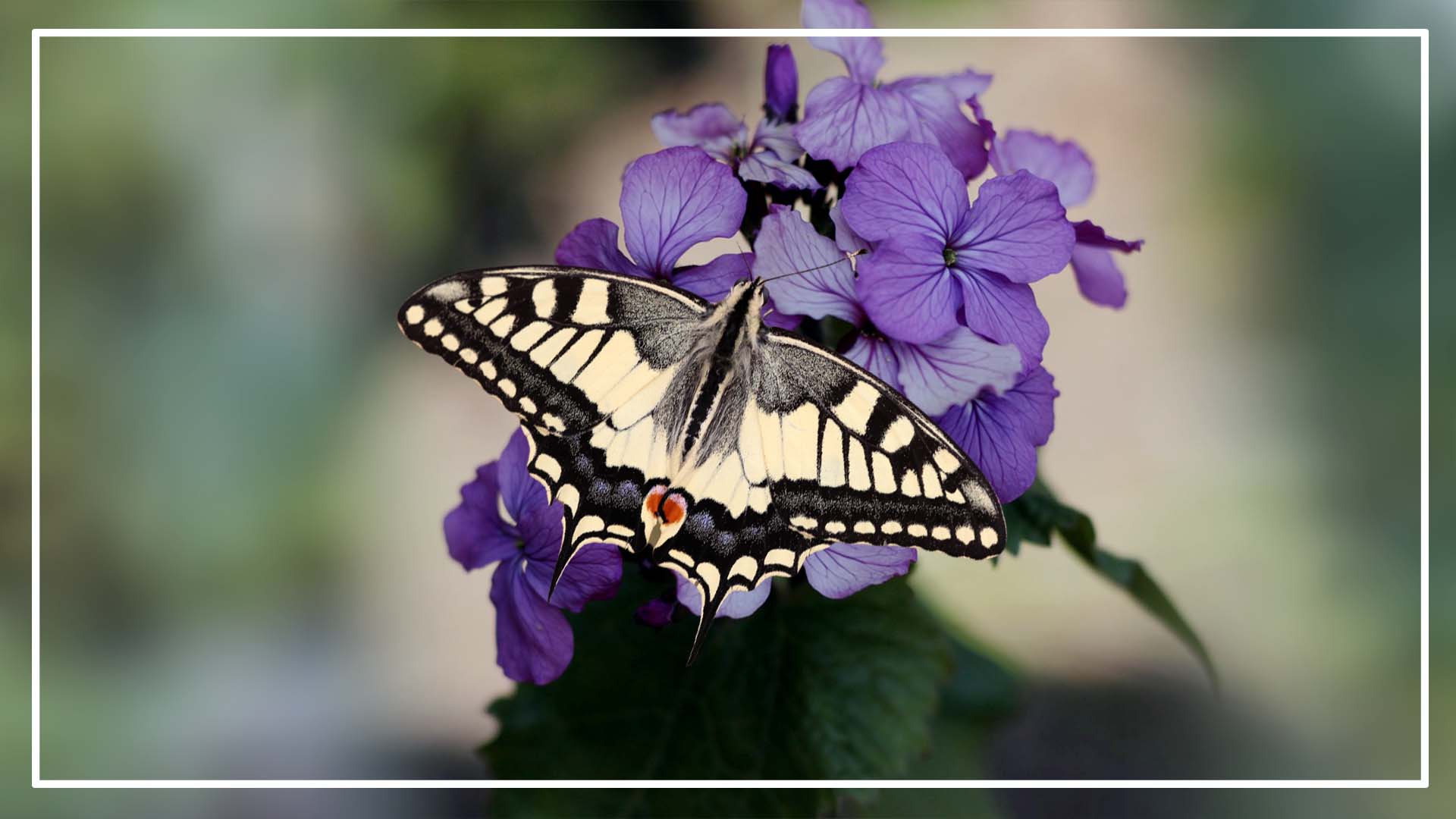Falcons and Owls are different types of species of birds. When people see them suddenly, they think they are the same species or the same bird. Although, there are some similarities and some differences between Falcon and Owl. Falcon hunting time, hunting process, and size are different from owls.
Today We discussed and compared Falon vs Owl so that you can easily identify them. Lets gets started
Comparing Between Falcon Vs Owl
Falcon and Owl are two different species of birds with contrasting characteristics. Typically, Falocn is larger than Owl and strong. A falcon is a diurnal bird that active during the day and they hunt on the day. On the other hand, The Owl is a nocturnal bird that active during the night and they hunt on the night.
You can compare them by seeing the different features. By the table, you can compare them at a glance. We also discussed the step in detail after the table section.
| Feature | Falcon | Owl |
| Physical Attributes | Sleek and aerodynamic body.pointed wings that built for speed | Large, forward-facing eyes, silent flight, facial disk for sound funneling |
| Hunting Time | Diurnal (active during the day) | Nocturnal (active during the night) |
| Hunting Style | High-speed pursuits and dives, capturing prey mid-air | Silent flight, ambush predator, relying on stealth and surprise |
| Prey Preference | Primarily birds, catching them mid-flight | Relies on stealth, slower compared to the Falcons |
| Speed | Exceptional speed, Peregrine Falcon is the fastest bird | Relies on stealth, slower compared to Falcons |
| Territorial Behavior | Fiercely territorial, defends nesting sites | Establish territories, some species more sedentary and adaptable |
| Migratory Habits | Often migratory, covering vast distances | Generally more sedentary, some species may migrate short distances |
| Size Measurement | Varies, Peregrine Falcon: 15-20 inches (38-50 cm) in length | Varies, Barn Owl: 12-16 inches (30-40 cm) in length |
Key Differences Between Falcon and Owl
There are some differences between Falcon and Owl. The differences are Physical Attributes, hunting time, hunting style, prey preferences, speed, territorial behaviors, Migratory habits, and size.
Size
When comparing the size of the Falcon vs. the Owl, we find notable differences. The Falcon, such as the Peregrine Falcon, typically ranges in size from 15 to 20 inches (38-50 cm) in length. On the other hand, the Owl, exemplified by the Barn Owl, tends to be slightly smaller, measuring between 12 to 16 inches (30-40 cm) in length.
Physical Attributes
Physical Attributes are different between Falcon and Owl. Falcon bodies are aerodynamic and wings are designed for flying. on the other hand, the Owl’s forward-facing eyes grant exceptional night vision. It is complemented by a facial disk aiding in sound funneling.
Hunting Time:
When it comes to hunting time, Falcons and Owls operate on opposite ends of the avian clock. Falcons are diurnal hunters which means they are most active during the day. Their hunting expeditions take advantage of daylight. On the flip side, Owls are nocturnal hunters, preferring the cover of darkness for their stealthy and silent approach. They can hunt in the low light.
Speed
Falcons, particularly the Peregrine Falcon, are unparalleled speedsters in the bird world. The Peregrine Falcon is known as the fastest bird and it reaches speeds of over 240 miles per hour (386 kilometers per hour) during a dive.
On the other hand, Owls do not rely on sheer speed for their hunting success. While they are not as swift as Falcons, Owls possess other remarkable adaptations.
Owls use their keen vision and excellent hearing to locate small mammals and rodents in low-light conditions, relying on precision rather than outright speed.
Habits Comparing Between Falcon Vs Owl
Falcons and owls showcase distinct lifestyles and behaviors adapted to their specific ecological niches, highlighting the diversity in their habits.
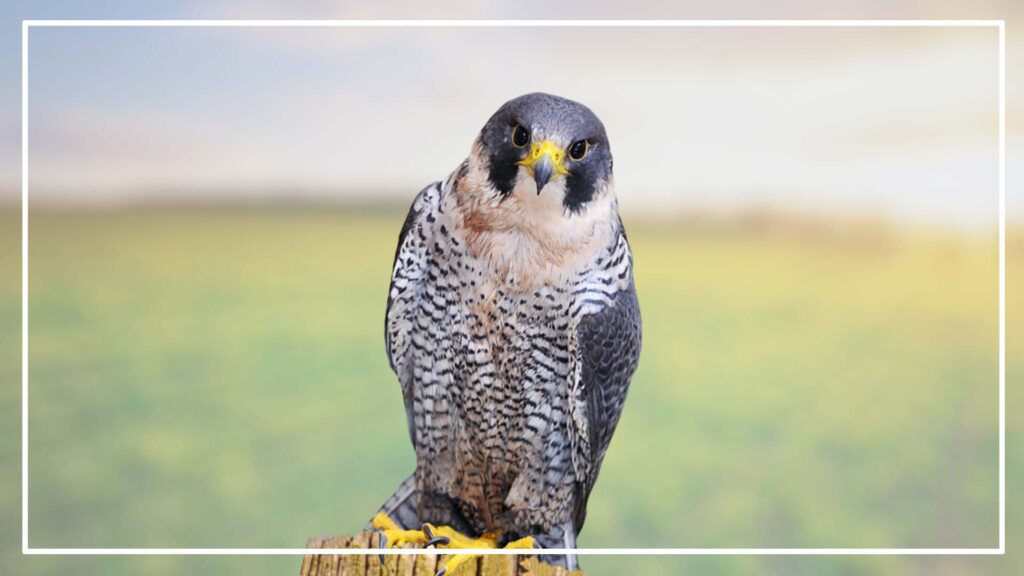
Falcons:
- Diurnal Lifestyle: Falcons are primarily diurnal, meaning they are most active during the day. Their hunting and feeding routines are intricately linked to the hours of daylight.
- Migratory Habits: Many falcon species are known for their migratory behaviors. They cover vast distances during seasonal movements, adapting to changing environmental conditions.
- Territorial Behavior: Falcons are fiercely territorial birds.
- Open Habitats: Falcons often inhabit open landscapes, cliffs, and areas with expansive visibility. These environments suit their hunting style, which involves high-speed pursuits and mid-air captures.
Owls:
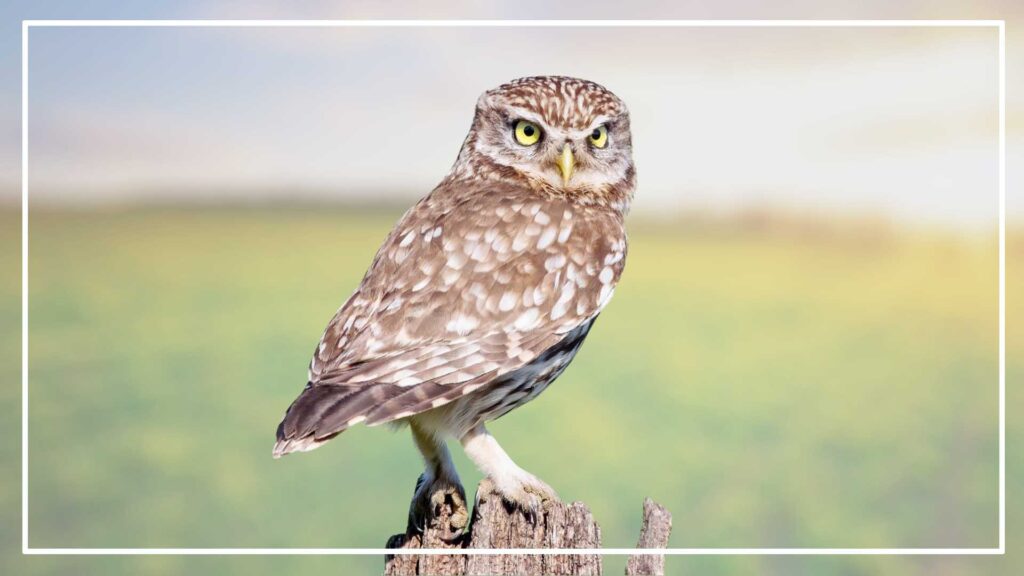
- Nocturnal Lifestyle: Owls are predominantly nocturnal, meaning they are most active during the night. Their specialized adaptations, such as enhanced night vision, facilitate successful hunting in low-light conditions.
- Sedentary and Adaptable: While some owl species may establish territories, many are more sedentary and adaptable.
- Unique Vocalizations: Owls are known for their distinctive vocalizations, often characterized by hooting sounds. These calls serve various purposes, including communication, mate attraction, and territory establishment.
- Ambush Predators: Owls employ an ambush hunting strategy, relying on stealth and surprise to catch their prey. Their silent flight and acute senses contribute to the effectiveness of this approach.
Who would win Falcon or Owl?
The outcome of a hypothetical battle between a falcon and an owl would depend on various factors, including the species of each bird, their size, age, and individual characteristics.
Generally, falcons are known for their speed and agility, while owls possess powerful talons and silent flight. If a conflict were to occur, it might be influenced by the specific circumstances and the strategies each bird employs. In the wild, such encounters are rare, as these birds tend to avoid direct confrontation.
Similarity Between Falcon and Owl
While the Falcon and Owl are different types of birds, they have some similarities between them. Both are birds of prey, exhibiting keen hunting instincts and sharp talons.
They play vital roles in maintaining ecological balance by controlling populations of rodents and other small animals.
While their hunting styles differ, both species are expert hunters within their respective niches. You may also know about Eagle vs Owl.
